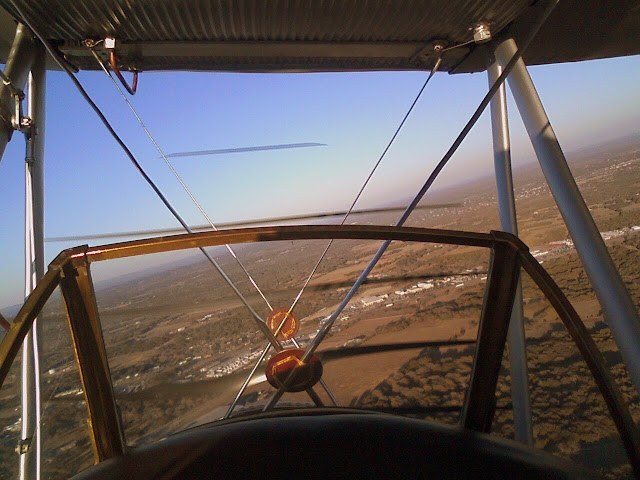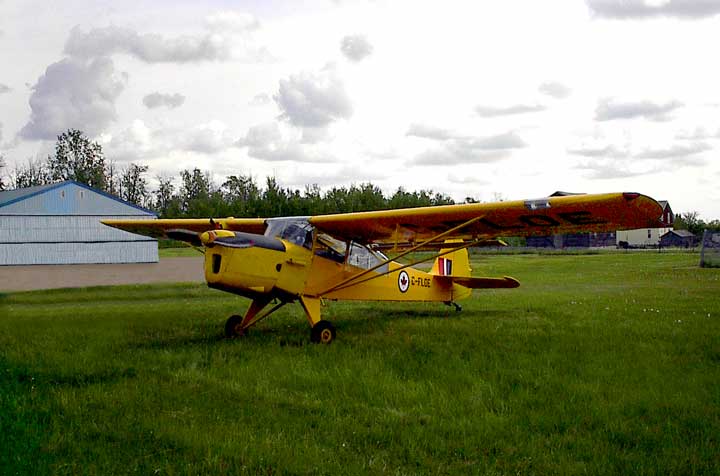wabower
Touchdown! Greaser!
- Joined
- Sep 1, 2008
- Messages
- 12,013
- Display Name
Display name:
Wayne
I didn't say that. I said gratuitous high-speed taxiing as described in some of the early posts, especially early in the lesson sequence, is unnecessary. And it is. Everything a student needs to know can be incorporated into the normal training syllabus without the need for specific session.
I answered the question about the 5-year study of taildragger accidents as best I could. If you've read NTSB reports, you obviously know that they are consistent in format, but inconsistent as to the amount of information provided to the reader. Some provide a fairly detailed account of the event, some don't.
I answered the question about the 5-year study of taildragger accidents as best I could. If you've read NTSB reports, you obviously know that they are consistent in format, but inconsistent as to the amount of information provided to the reader. Some provide a fairly detailed account of the event, some don't.
Hey, wait a minute, Wayne -
First, you denounce exersizes involving high-speed taxiing because the statistical evidence involving said manuevers are hazardous. You then say the statistics can't be really interpreted. Can't have it both ways.


